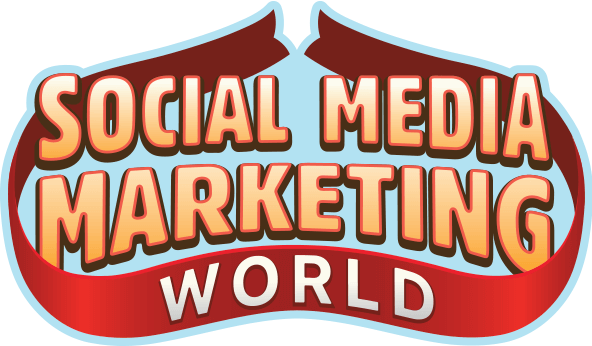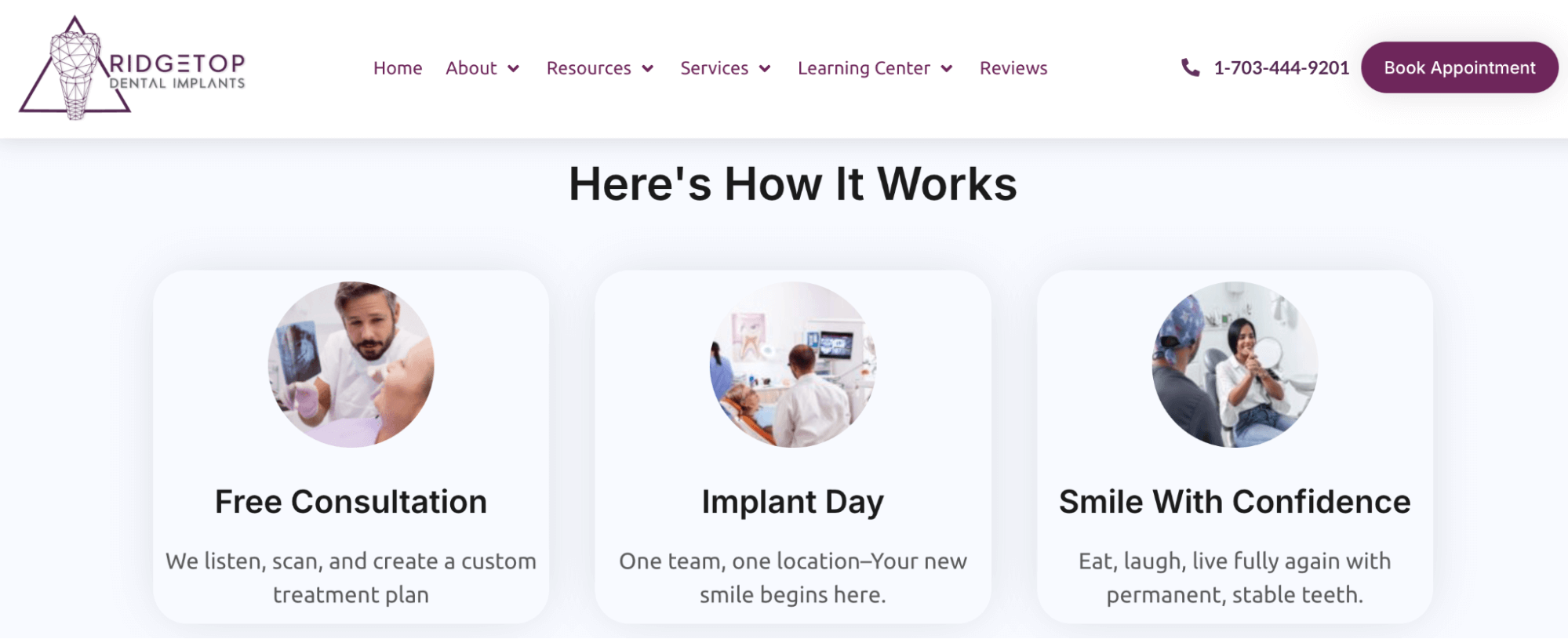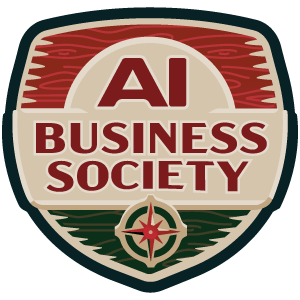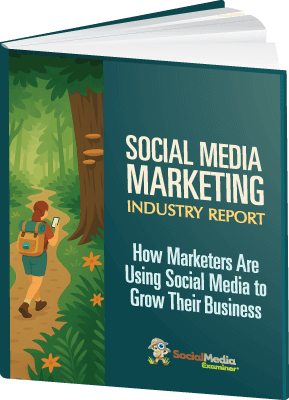Are you struggling to scale your business beyond random acts of marketing? Wondering how to create a more systematic approach that drives consistent, profitable results?
In this article, you'll discover how to productize your services to generate more profitable leads and sales while building a sustainable revenue engine.
Why Scaling Your Service Begins With Strategic Product Market Fit
Establishing product market fit represents one of the most critical yet overlooked concepts in modern marketing. Michael Buzinski, founder of Buzzworthy Strategies, explains that product market fit also heavily impacts your ability to scale.
When you position yourself correctly, people understand your offering so easily that you generate demand with the right customers, scaling with the right customers by word of mouth.
When you bring in business that doesn't align with your core expertise, you're selling a hammer to somebody who needs a screwdriver. This misalignment damages your brand in three ways.
First, it damages your reputation because you're not delivering the expertise clients expect. Second, it hurts retention of the clients you do have because they're not getting the results they need. Third, it destroys profitability because you're spending time and resources learning instead of leveraging existing expertise.
The process of productizing and scaling your business begins with developing a statement that identifies the one problem you solve better than anyone else in the marketplace.
#1: Create Your Positioning With the FOCUS Statement
Buzinski uses the acronym FOCUS, which stands for Fix One Clearly Urgent Struggle, to create a positioning statement. When you identify the one problem you solve better than anyone else, you use this statement to position your entire business around that singular expertise.
The statement should make potential clients think, “How did they know I had that problem? I thought I was the only one.” This recognition creates an instant connection and positions you as the obvious solution provider.
Here are three examples from Buzinski's work that demonstrate effective focus statements:
The first example involves an investment relations firm that helps publicly traded companies manage required disclosures and press releases. Initially, the company was trying to serve both vendors and users simultaneously, creating complexity and confusion. By focusing on the core problem—the complicated intersection of technology, IT teams, delivery lag, and control issues—they developed the focus statement that featured touch solutions to investor relations needs. This positioned them as simplifying the entire bowl of spaghetti rather than selling a list of features.

The second example features a software-with-service company that helps businesses establish corporate credit ratings separate from personal guarantees. Instead of highlighting all the company’s AI-powered tools and features, they focused on the familiar concept everyone understands: credit scores. Their focus statement became: “Is your 720 keeping your business from seeing the success it deserves?” This immediately spoke to business owners who already knew that without a 740 credit score, they couldn't get the financing they needed.
The third example demonstrates how focus can transform an existing service business. A marketing agency offered SEO, PPC, Google ads, and Meta ads but struggled with positioning. After learning that Google had locked thirty-nine million accounts over the previous year, they became experts at unlocking those accounts. Their new focus statement positioned them as “the digital campaign triage center”—the emergency room for people's digital marketing.
Each of these focus statements works because it identifies a specific, urgent problem that immediately resonates with the target audience.
Ready to Supercharge Your Marketing Strategy?

Get expert training and an unbeatable conference experience when you attend Social Media Marketing World—from your friends at Social Media Examiner.
Broaden your reach, skyrocket your engagement, and grow your sales. Become the marketing hero your company or clients need!
🔥 Save $800 on an All-Access ticket. Sale Ends Friday! 🔥
GET THE DETAILS#2: Develop and Communicate Solution-Based Milestones
Once you have your FOCUS statement, you need to detail the milestones that break down your solution into sequential wins. These milestones represent the three to five steps it takes to solve the big problem you've identified in your focus statement. Each milestone should provide a tangible win for the client, even if you haven't yet solved the complete problem.
Each milestone should be clearly defined and provide measurable value. If your process requires more than five steps, you've probably made the problem too complex and need to identify a sub-problem within your main problem to focus on first.
Using the digital campaign triage example, the milestones create a clear progression of wins. First, the agency must find out why the client's account was blocked. Many clients have been struggling with this for months without answers. When the agency can identify the reason within twenty-four hours, that becomes the first win. At least the client knows what happened, which eliminates the frustration of uncertainty.
The second milestone involves getting a response from the platform. Since the agency has preferred partner status with Google, it can get responses that individual business owners cannot obtain after repeated attempts. When they secure direct communication from Google, that's the second win because it provides official acknowledgment and direction.
The third milestone focuses on completing the required corrections. The agency handles this proactively and quickly, providing the third win through efficient execution. Finally, when the campaign is restored and back in the client's hands, they've received four distinct wins while solving one big problem.
Integrate Milestones Into Your Marketing
Your milestones immediately translate into marketing messages that show prospects how working with you creates a clear path to success. These milestones should appear prominently on your homepage, landing pages, advertising, and email campaigns by showing what you do, not how you do it.
Instead of describing your process in technical terms, you present the outcomes at each stage. For example, rather than explaining your complex methodology, you might say, “What if I told you there were three steps to solve your biggest challenge?” This creates intrigue while providing clarity about the path forward.
A dental implant center Buzinski works with demonstrates this perfectly. They can complete implants in one day, one visit, but this doesn't mean they only interact with patients once. Their three-step process includes diagnosis, the actual implant procedure, and follow-up care to ensure everything is successful. Each step represents a milestone that contributes to the overall outcome.

When prospects see this clear progression, they understand what working with you looks like without getting lost in technical details. The milestones also provide natural points for case studies and testimonials that demonstrate your ability to deliver results at each stage.
Most importantly, these milestones help prospects visualize success. Instead of wondering whether you can solve their problem, they can see the specific wins they'll experience along the way. This clarity reduces hesitation and increases conversion because prospects understand exactly what they're getting and when they'll see results.
#3: Craft the Bow Tie Funnel
For service-based businesses, the first thirty days with a client are the most important because is during this period that they decide whether to become a long-term advocate or someone who speaks negatively about your business.
Traditional sales funnels focus on attraction, engagement, and conversion, but they miss the critical component of what happens after the sale. The bow tie funnel starts with the traditional sales funnel—attract, engage, convert—but accounts for the missing after-sale component with two additional stages: onboarding and expansion.
AI Is No Longer Optional for Marketers—Ready to Master It?

Join over a thousand forward-thinking marketers at AI Business World—a conference-in-a-conference at Social Media Marketing World.
Get two days of practical AI training where you'll discover:
✅ Systems that 3x your output—leaving time for strategy and creativity
✅ Proven strategies you can deploy right away—no guesswork, no wasted budget
Become the indispensable AI expert your company needs.
GET YOUR TICKETS—SAVE $300The narrow point in the middle of the bow tie represents onboarding, which serves as the single entry point where all new clients pass through.
After onboarding, the funnel expands again into retention, expansion, and advocacy. When you solve somebody's initial problem, you make them aware of the next problem they’ll face. This creates an opportunity to continue serving clients.
Because you're expert at what you do, you understand every next-step problem they're going to have. Your marketing and sales efforts can position you as the solution for each subsequent challenge, creating what Buzinski calls expansion.
Clients in the expansion phase continue getting wins, and the more wins they receive, the more they become advocates. They provide reviews, referrals, and are willing to pay your rates without complaint. They create a closed loop by referring people like themselves, because we naturally associate with people similar to ourselves. Great clients refer other great clients, making the entire system self-perpetuating and turning your business into a revenue engine.
#4: Create a Named Solution to Productize Your Service
Once you have your focus statement and milestones defined, you can productize your service by creating a named solution that packages everything together. Think of this like buying furniture from IKEA. You don't buy the process of building the dresser; you buy a specific dresser with a particular name and style.
Your service works the same way. You take all the pieces of what you do, package them in a box with clear instructions (your milestones), and give the entire package a distinctive name. This transforms your service from a vague offering into a concrete product that clients can understand and purchase.
Be blatant with your packaging. Your service name should immediately convey what type of solution you're providing while being memorable enough to stick in prospects' minds. The name serves as a wrapper around the things you're already doing, but it positions your milestones as a cohesive menu of services—microservices that solve the big problem.
This approach makes selling dramatically easier. Instead of trying to explain and sell ten different services or “all the things to all the people,” you're selling one named solution. Do you know how much easier it is to sell one thing versus ten things? The difference is exponential.
The naming should be descriptive rather than creative for the sake of creativity. Buzinski learned this lesson when he built and sold an SEO software called Dizio, thinking he was being clever with a unique name. Nobody knew what Dizio meant until he explained it was a play on “DIY SEO,” and then prospects often responded with “No, thank you” because they didn't want a do-it-yourself solution. The software should have been called the “DIY SEO Program” from the beginning.
Buzinski calls his own productized service the “Focus to Fit Intensive,” which is a play on words referencing product market fit. The name creates intrigue while clearly indicating the outcome—helping businesses focus their offerings to achieve better market fit.
#5: Identify Your P3P Customer
The next component of productizing your services goes beyond traditional ideal client profiles or personas to identify prospects who align with four critical criteria: core values, culture, delivery fit, and profitability.
Core values alignment creates the foundation for trust in business relationships. When you share core values with clients, trust develops much faster, which means they're more likely to accept your recommendations without pushback.
Buzinski's company demonstrates this through its three core values. First, they position themselves as fiduciary marketers, always working in the best interest of their clients because marketing is an investment that deserves fiduciary-level care. Second, they emphasize intrapreneurship, meaning everyone works like they own the place without taking the financial risk. Third, they practice being constructively dissatisfied, always asking how they can improve by one percent, no matter how big the win.
When prospects read these values on the website and compare them to other marketers, the difference becomes immediately apparent. These values attract clients who share similar philosophies while repelling those who wouldn't be good fits.
Cultural fit addresses how you conduct business. If your company operates with an agile, fast-moving culture but your prospect requires extensive structure and process, you'll create friction that costs time, energy, and money while reducing satisfaction for both parties. Many clients perceived as difficult are simply culturally misaligned rather than inherently problematic.
Delivery fit ensures you can actually produce the outcomes for that specific type of company. Sometimes companies aren't ready for your solution, or they may have already progressed beyond where you can help them. You need to verify that prospects have the right mindset to accept your outcomes, the resources to take advantage of what you deliver, and the willingness to execute on your recommendations.
Profitability fit means you can deliver your solution within your margins without scope creep or additional costs that erode your bottom line. Not every client relationship is profitable, even when you can deliver results. You need prospects who value your expertise enough to pay appropriately and respect your process enough to avoid constant changes and additions.
When you align all four elements—values, culture, delivery, and profitability—you create what Buzinski calls perfectly profitable prospects. These are clients who trust your expertise, work well with your team, can benefit from your solutions, and pay appropriately for the value you provide. This alignment creates the foundation for long-term, profitable relationships that generate referrals and sustainable business growth.
The process of identifying your P3P requires an honest assessment of your most successful client relationships. What values do they share with your company? How do their cultures align with your working style? What characteristics make them ideal candidates for your solutions? What makes them profitable to serve?
Once you understand these patterns, you can build your marketing messages, sales processes, and client qualification systems to attract more prospects who match this profile while filtering out those who don't. This creates a more efficient, profitable business that serves clients better while reducing the friction and frustration that comes from misaligned relationships.
By combining your focus statement, milestone-driven process, productized offering, and perfectly profitable prospect profile, you create a systematic approach to marketing and sales that generates consistent, profitable results. Instead of random acts of marketing, you build a revenue engine that attracts the right prospects, converts them efficiently, and retains them profitably while generating referrals that fuel continued growth.
Michael Buzinski is a marketing strategist and host of the Buzzworthy Marketing Podcast. His company, Buzzworthy Strategies, helps small to mid-sized businesses fix random acts of marketing. Explore The Rule of 26 book. Follow him on LinkedIn.
Other Notes From This Episode
- Connect with Michael Stelzner @Stelzner on Instagram and @Mike_Stelzner on X.
- Watch this interview and other exclusive content from Social Media Examiner on YouTube.
Listen to the Podcast Now
This article is sourced from the Social Media Marketing Podcast, a top marketing podcast. Listen or subscribe below.
Where to subscribe: Apple Podcasts | Spotify | YouTube Music | YouTube | Amazon Music | RSS
✋🏽 If you enjoyed this episode of the Social Media Marketing podcast, please head over to Apple Podcasts, leave a rating, write a review, and subscribe.
Stay Up-to-Date: Get New Marketing Articles Delivered to You!
Don't miss out on upcoming social media marketing insights and strategies! Sign up to receive notifications when we publish new articles on Social Media Examiner. Our expertly crafted content will help you stay ahead of the curve and drive results for your business. Click the link below to sign up now and receive our annual report!

Want to Unlock AI Marketing Breakthroughs?
If you’re like most of us, you are trying to figure out how to use AI in your marketing. Here's the solution: The AI Business Society—from your friends at Social Media Examiner.The AI Business Society is the place to discover how to apply AI in your work. When you join, you'll boost your productivity, unlock your creativity, and make connections with other marketers on a similar journey.
I'M READY TO BECOME AN AI-POWERED MARKETER
